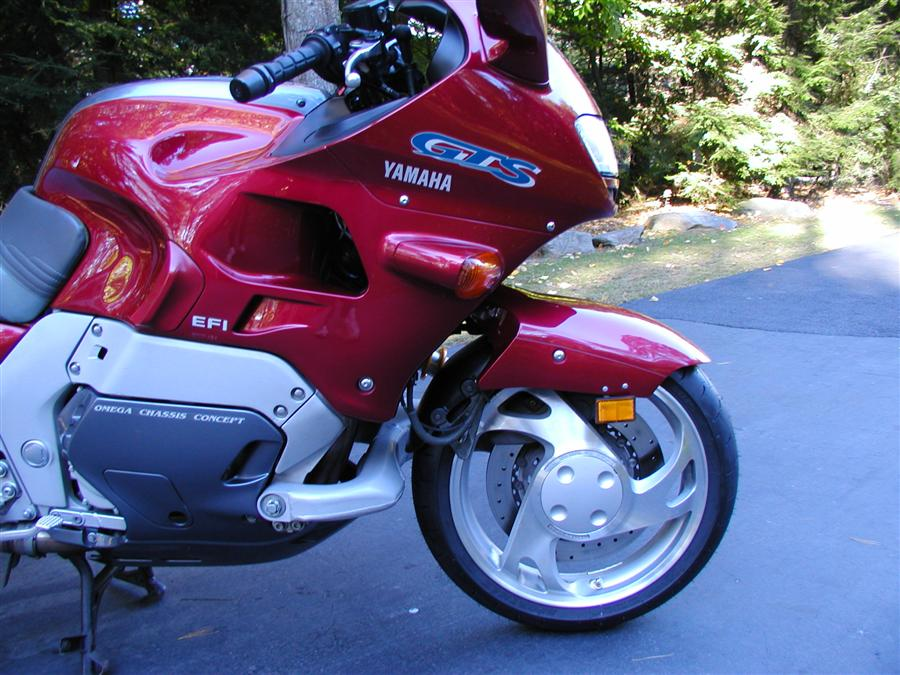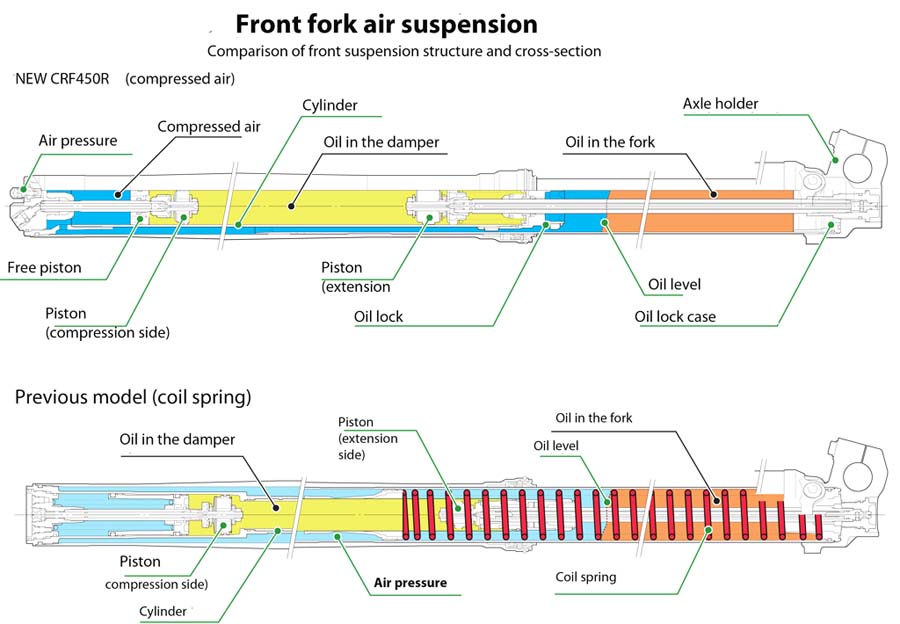robertaccio
Husqvarna
Pro Class
BiMoTa Tesi also comes to mind also. cool stuff this thread led to some cool memory lane stuff, nice fotos Kelly.
As you all know, Coffee (Dean) passed away a couple of years ago. I am Dean's ex-wife's husband and happen to have spent my career in tech. Over the years, I occasionally helped Dean with various tech issues.
When he passed, I worked with his kids to gather the necessary credentials to keep this site running. Since then (and for however long they worked with Coffee), Woodschick and Dirtdame have been maintaining the site and covering the costs. Without their hard work and financial support, CafeHusky would have been lost.
Over the past couple of weeks, I’ve been working to migrate the site to a free cloud compute instance so that Woodschick and Dirtdame no longer have to fund it. At the same time, I’ve updated the site to a current version of XenForo (the discussion software it runs on). The previous version was outdated and no longer supported.
Unfortunately, the new software version doesn’t support importing the old site’s styles, so for now, you’ll see the XenForo default style. This may change over time.
Coffee didn’t document the work he did on the site, so I’ve been digging through the old setup to understand how everything was running. There may still be things I’ve missed. One known issue is that email functionality is not yet working on the new site, but I hope to resolve this over time.
Thanks for your patience and support!
Note also BMW tele lever is oem late model equipment kind of a combo set up.
http://www.dinamoto.it/dinamoto/8_on-line_papers/Telelever or forks/Telelever.html

BiMoTa Tesi also comes to mind also. cool stuff this thread led to some cool memory lane stuff, nice fotos Kelly.



I am fairly certain that Ryan Villopoto switched from the KYB that comes standard with the pneumatic spring technology for 2013 to Showa that does not... That is causing him some issues as he tries to get them dialed in.
Who is this RC3 you keep referring to?

Later,
From some of the photo's on the net, RV's upper fork tubes are more a natural aluminum color http://www.motocrossactionmag.com/Main/Photos/Ryan-Villopoto-in-beast-mode-2019.aspx, unlike the gold Showa's in the above picture.....

weird picture, no goggles and one glove
I for one look forward to the day of non telescopic forks.
I miss the "works" days. Check out the twin expansion chambers. Man they tried a bunch of stuff back then. Bikes have been largely stagnant the last 10 years. Refinement is fine but love to see out of the box thinking.
Decoster said in the day noting could touch his Ribi forks.
Note also BMW tele lever is oem late model equipment kind of a combo set up.
http://www.dinamoto.it/dinamoto/8_on-line_papers/Telelever or forks/Telelever.html
I am fairly certain that Ryan Villopoto switched from the KYB that comes standard with the pneumatic spring technology for 2013 to Showa that does not... That is causing him some issues as he tries to get them dialed in.
Who is this RC3 you keep referring to?
Later,
RC3? He's that short chubby dude in the booth calling the race ... Used to drive a truck in some of the nascar series or something .. He was a wash in the trucks ...
Without such a fat shiny frame, the look of that kawi bike changes alot ..
I think he meant because he was RC4. I do like the description though lol.

The jury is still out on weather it is better or not. It is lighter (good). It is more maintenance -intensive (bad). I'm still solidly behind traditional spring forks!
Thanks for the explanation, I have heard they aren't as sensitive to rising pressure due to heat, but didn't know why. If they are to be checked each ride, it seems that they could also have a pressure release to keep the spring effect close to the same and air added again when cold before the next ride. I like the idea of being able to change spring rates (pressure) for different conditions. The newer KTMs have external preload adjust, that must be nice for dualsport-with or without luggage.The KYB PSF fork (Pneumatic Spring Fork) comes standard on 2013 CRF450's and KXF450's only. It is lightyears ahead of the old airspring forks. Air is very progressive, which isn't the best thing in suspension. The MUCH larger volume of the newer forks, among other things, makes them less progressive than older designs. All forks utilize air as a spring, the trapped volume of air above the oil level (the whole reason changing oil level changes your fork performance/feel). However these forks utilize only air as the spring. Oil level can still be adjusted to tune a PSF fork. Standard air pressure is 33 PSI. 2 PSI equals a change of a traditional spring rate. Dry air vs nitrogen have very similar characteristics/performance (air IS mostly nitrogen). The main advantage of pure Nitrogen is it's larger molecule size, which doesn't permeat rubber like the oxygen molecules in air does. Though the teams *may* use nitrogen, for general use it isn't practical. We have been advised that the fork air pressure should be added to pre-ride checks, checked every ride similar to your fuel level and tire pressure. A special low-volume pump with a isolating shrader needs to be used for accurate settings, again 2 psi is a BIG deal. The main benefits of the PSF fork are 2 lbs lighter, and there is more room in the fork which has allowed for a larger cartridge diameter with larger piston/valvestacks.
The jury is still out on weather it is better or not. It is lighter (good). It is more maintenance -intensive (bad). I'm still solidly behind traditional spring forks!

Thanks for the explanation, I have heard they aren't as sensitive to rising pressure due to heat, but didn't know why. If they are to be checked each ride, it seems that they could also have a pressure release to keep the spring effect close to the same and air added again when cold before the next ride. I like the idea of being able to change spring rates (pressure) for different conditions. The newer KTMs have external preload adjust, that must be nice for dualsport-with or without luggage.
 ...
...
